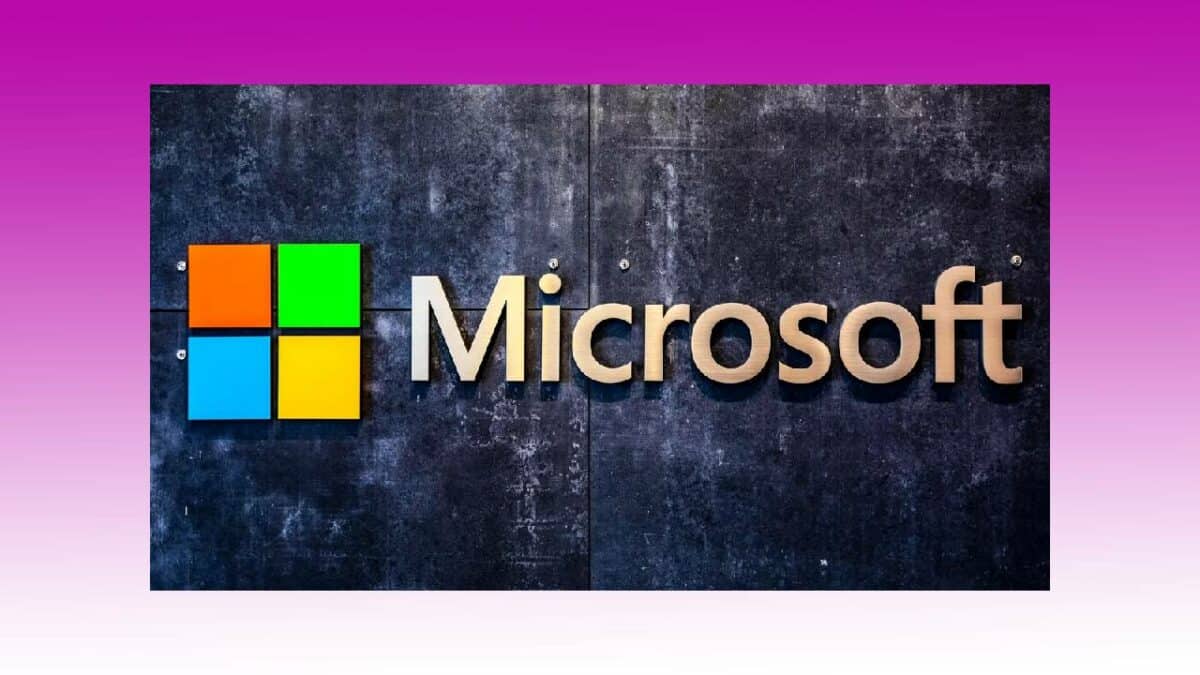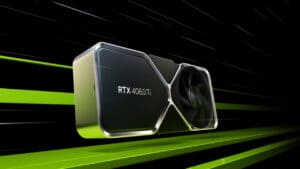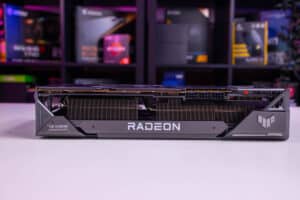Has Microsoft finally discovered the key to bringing ray tracing to lower-spec GPUs?
New patent reveals potential breakthrough for under pressure GPUs.

WePC is reader-supported. When you buy through links on our site, we may earn an affiliate commission. Prices subject to change. Learn more
Tech behemoth Microsoft has long been looking for ways to make the benefits of ray tracing technology available to users with lower VRAM GPUs, and a recent Microsoft patent indicates that they may be onto something.
In simple terms, ray tracing is a computer graphic rendering technique used to replicate the way light interacts with objects. It is more accurate than traditional forms of rendering such as rasterization, by tracing rays of light through a scene. However, the downside is that it can be incredibly demanding – even on some of the market’s best GPUs.
The challenge facing Microsoft and others is to reduce the significant strain put on GPUs when utilizing ray tracing, thereby broadening its potential use to more users. As detailed in the patent Microsoft intends to conduct research into whether a level of detail (LOD) system could make ray tracing significantly less demanding.
Is LOD the breakthrough we’ve been waiting for?
LOD is currently implemented to lighten the load of graphics on hardware by reducing the quality of certain elements of the image – usually background or distant items that aren’t the main focus of the user, meaning the GPU doesn’t have to work as hard, but there is little discernable difference for the viewer. Naturally, Microsoft is now keen to discover if the same can be done for ray tracing, effectively dropping image quality on certain details to boost performance and reduce pressure on the graphics card, it is still only theory, but a very interesting proposition nonetheless.
There are existing techniques to improve ray tracing performance such as upscaling technology through the use of AMD, FSR, Nvidia DLSS, or Intel XeSS for example, but the limitations are that they are only compatible with PC games that support them. What is most interesting about any potential LOD breakthrough is that it could help bring the benefits of ray tracing to lower spec GPUs and bypass the necessity of additional upscaling tools.
Let’s not get ahead of ourselves here though. Exciting as it is, this is still very much in the research and development stage, so we’ll wait a little longer before shouting it from the rafters, despite having our fingers very firmly crossed that the clever folk at Microsoft can work their innovative magic once again.




